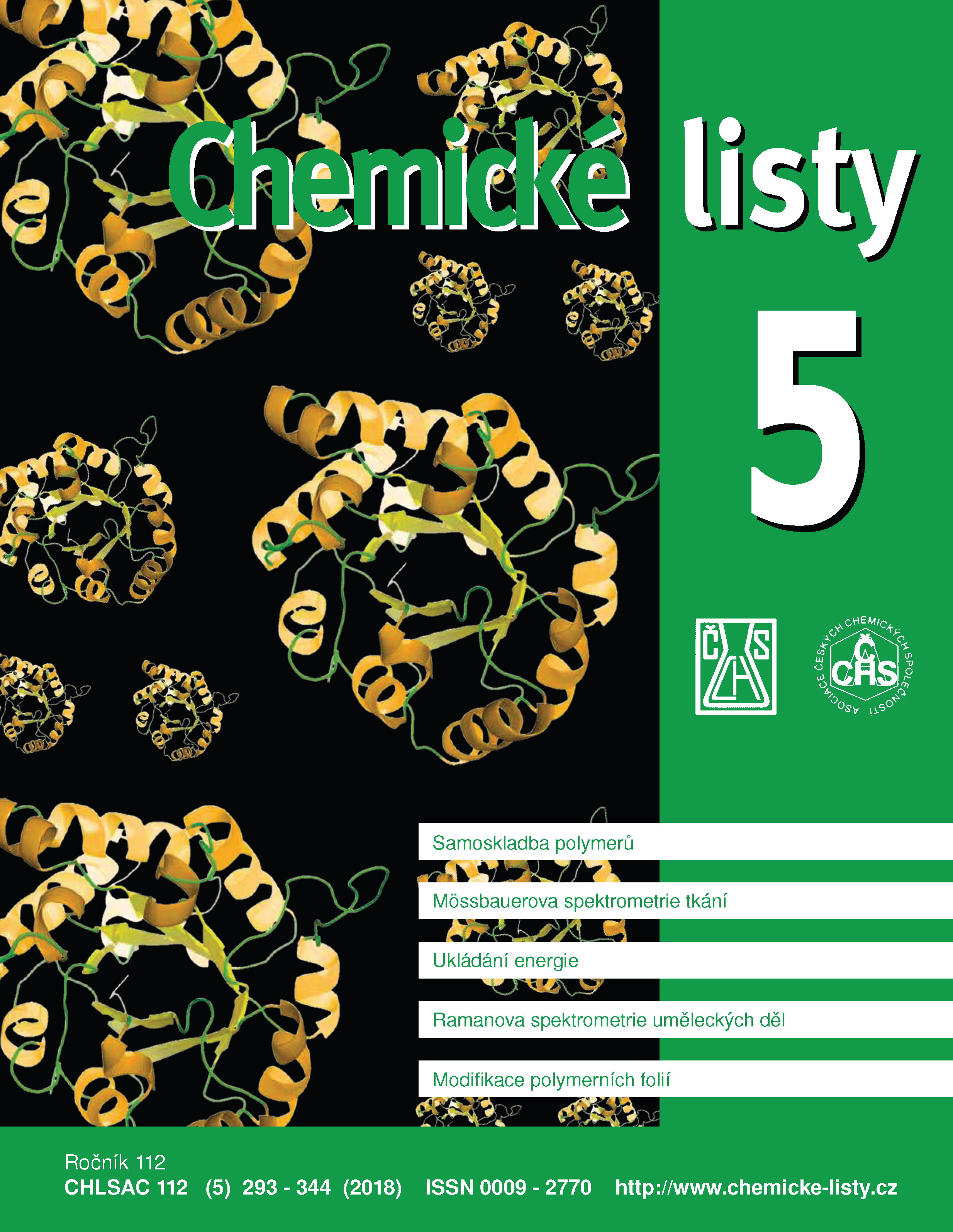Applications of Mössbauer Spectrometry in the Study of Biological Tissues
Keywords:
Mössbauer spectroscopy, iron, liver, spleen, brain, ferritin, ferrihydriteAbstract
Mössbauer spectrometry is a progressive method of analysis of materials which is widely used for the study of various molecular and biomolecular systems, as well as various other objects and materials containing Mössbauer nuclides. This work is focused on applications of Mössbauer spectroscopy in the area of studying iron in biological tissues. The results of the published works show that iron in this case is present in the oxidation states FeII and FeIII, and constitutes a part of molecules, such as ferritin, ferrihydrite, hematite, and haemosiderin. Low-temperature measurements of some types of biological tissues confirmed the presence of paramagnetic and superparamagnetic components.





